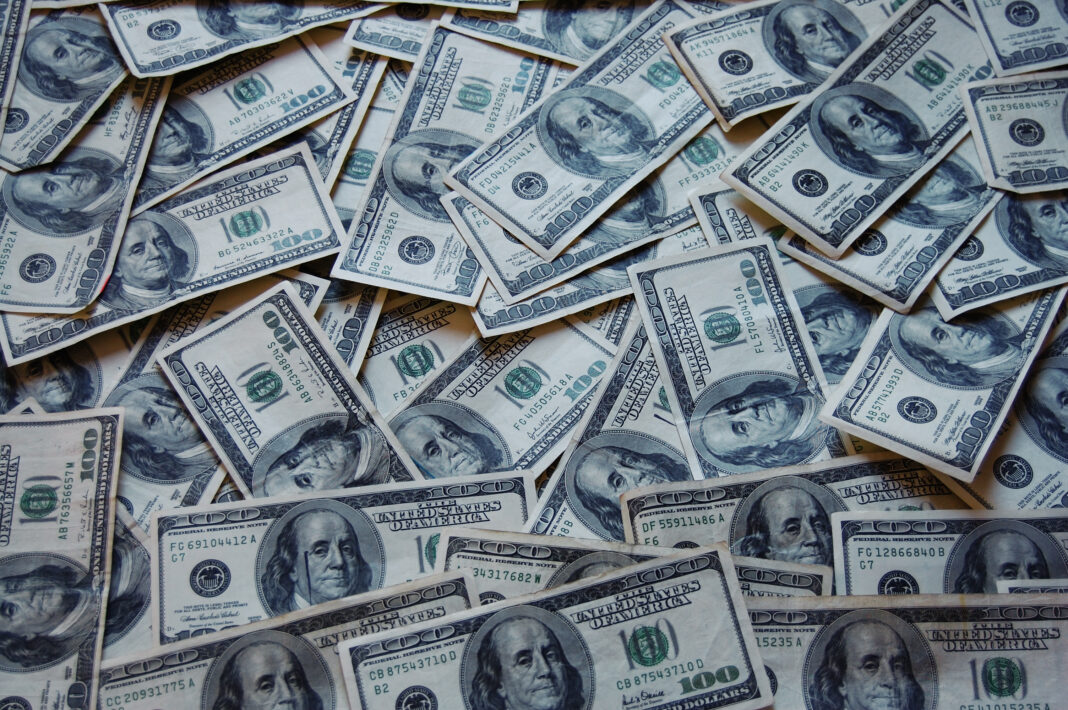
According to the Bureau of Labor Statistics (BLS), the annual U.S. inflation rate unexpectedly climbed to 3.4 percent in December, with persistent price pressures affecting various sectors of the economy.
This figure marks an increase from November’s 3.1 percent and surpasses economists’ projections of 3.2 percent. The consumer price index (CPI) also saw a monthly rise of 0.3 percent, up from 0.1 percent in November, slightly exceeding the anticipated 0.2 percent estimate. However, core inflation, which excludes volatile energy and food components, slowed to 3.9 percent last month, down from the previous 4 percent but still higher than the market forecast of 3.8 percent.
The December CPI increase was primarily driven by upticks in the food, shelter, and medical indexes. Despite expectations of declining rental costs, the shelter index rose by 0.5 percent and experienced a year-over-year increase of 6.2 percent. Meanwhile, food prices increased by 0.2 percent on a monthly basis, with a 2.7 percent rise compared to the same period last year. Notably, the subindex for meats, poultry, fish, and eggs witnessed a significant surge of 0.5 percent, with eggs seeing a notable 8.9 percent month-over-month increase. The bird flu affecting farmers’ supplies likely contributed to this rise. Among meats, ham recorded the largest increase at 2.6 percent, followed by uncooked beef steaks (2.4 percent), pork (0.3 percent), and chicken (0.1 percent).
Within the energy index, costs increased by 0.4 percent, driven by a 1.3 percent spike in electricity prices. Gasoline prices also saw a slight uptick of 0.2 percent after a 6 percent decline the previous month. Other sectors experiencing price changes included apparel (0.1 percent increase), new vehicles (0.3 percent increase), used cars and trucks (0.5 percent increase), and medical care commodities (0.1 percent decrease). Notably, while goods inflation has slowed over the past year, services inflation has remained elevated. Medical care and transportation services saw increases of 0.7 percent and 0.1 percent, respectively. Since August, the services inflation rate has hovered around 5.2 percent.
The Federal Reserve’s December Federal Open Market Committee (FOMC) meeting minutes revealed that officials acknowledged uneven progress on inflation across different components. Core services, excluding food and energy, continue to see increased prices at an elevated pace. Looking ahead to the January CPI, the Federal Reserve Bank of Cleveland’s Inflation Nowcasting model predicts an annual inflation rate of 2.9 percent and a core CPI of 3.8 percent. The Fed’s preferred personal consumption expenditure (PCE) price index and core PCE are expected to ease to 2.3 percent and 2.8 percent year-over-year, respectively.
Economists and analysts are closely monitoring the next inflation reading, particularly with regards to shelter and motor vehicle insurance costs. The U.S. Dollar Index (DXY) rebounded after initial losses, and Treasury yields experienced an overall increase, with the benchmark 10-year yield reaching approximately 4.04 percent. Some market analysts suggest that these recent figures could delay rate cuts, favoring those who believe in a “higher-for-longer” interest rate trajectory. However, there has been ongoing speculation among investors regarding potential rate cuts, with futures markets pricing in cuts as early as March, although many economists predict they may occur in June.
According to the New York Fed’s Survey of Consumer Expectations (SCE), consumer inflation expectations for the year ahead decreased for the third consecutive month in December, falling to 3 percent from November’s 3.4 percent. Expectations for three- and five-year horizons dipped to 2.6 percent and 2.5 percent, respectively. While expectations for food and rent inflation dropped, other areas such as home prices, gasoline, and medical care remained relatively stable. College education costs were predicted to rise by 0.5 percentage points to 6.3 percent.
As the rate of inflation slows and signs of economic deceleration emerge, investors are preparing for possible rate cuts in the near future. However, it remains uncertain whether these numbers will have a significant impact on President Joe Biden’s economic approval ratings, which have hovered around 30 percent according to the RealClearPolitics polling average.




